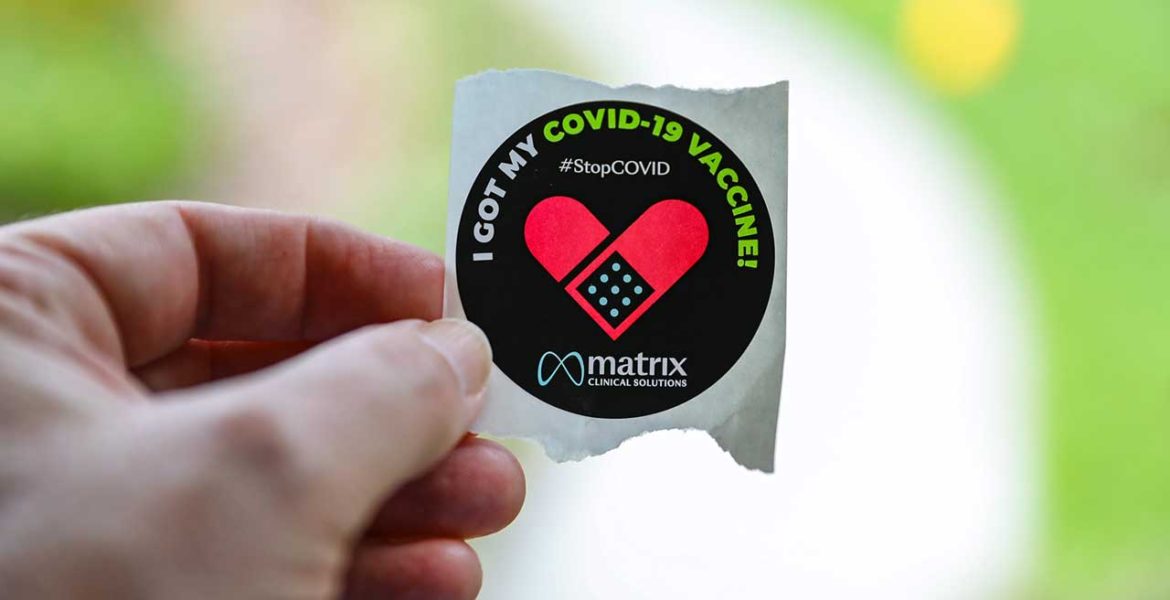The Stakes Couldn’t Be Higher, but the Technology Has Never Been Better
By: Chris Kelly, CEO, Upwave
Every decade or so there is a public service ad campaign so iconic that it defines the time in which it was made. The new ‘It’s Up To You’ campaign, aims to educate Americans about the COVID-19 vaccines and will almost certainly be the defining campaign for the 2020s.
The COVID-19 vaccine education initiative, ‘It’s Up To You’ is led by the Ad Council and COVID Collaborative. The effort expects upwards of $500 million in value of donated media, talent and other resources, all to deliver highly vetted and science-backed information on the COVID-19 vaccines to help the American public make informed decisions for themselves and their families. The campaign is tackling the challenge to educate every American about the vaccine, especially the 40% who have said they don’t intend to get the vaccine or haven’t made up their minds about getting vaccinated.
“We’re dealing with the biggest issues of our lifetime,” the Ad Council’s president and CEO, Lisa Sherman recently told USA Today. “We recognized pretty quickly that unless people were educated and could easily learn more about the vaccine, they may not get one. And then we wouldn’t be any better off next year than we are now.”
The need for education and resources about vaccines is evident. But assessing the effectiveness of these types of PSA campaigns is critical to optimizing efforts toward driving significant behavioral change.
How Do We Measure the COVID-19 Vaccine Education PSA Campaign?
Using analytics and tech, we can assert if the ‘It’s Up To You’ campaign is effective almost immediately and can continually increase efficacy using real-time data.
These real-time results are enabled for the campaign thanks to one key determining factor — modern measurement — which offers reliable, updated, and predictive performance stats. By applying machine learning, targeting, and ongoing optimizations, at any moment, the Ad Council can see how viewers reacted to an ad and how to optimize the content to drive immediately measurable (and better) results.
The Ad Council’s measurement partners – including TVSquared, Kinetiq, Ace Metrix, and Upwave – can measure campaign reach, frequency, and outcomes across linear and OTT/CTV buys, allowing marketers to uncover the most effective days, times, networks, programs, genres, creatives and publishers to drive response, campaign-wide and by audience segment.
The measurement companies also track the unique KPIs (key performance indicators) for the campaign, including metrics like Claimed Ad Recall, Message Association to Brand, and Intent to Vaccinate. Response to these metrics (using control/exposed AB testing) helps to assess if the campaign is successful at boosting these metrics, and if not what can be done to move the needle further. After seeing how the campaign performs, the measurement companies work closely with the AdCouncil to identify areas to improve and to drive lifts across targeted demographics. Targeting Verification and Optimization tools are also used to identify areas of opportunity and the potential behind them.
So Is This Campaign Working?
Already, roughly 150 million people have received at least one dose and the Ad Council’s data is showing that about 60% of the population has been or definitely intends to get vaccinated. But modern measurement and technology also now offers us hard data such as the following:
- Adults 35-44 seem to be the most receptive to the campaign, reporting increased intent to get vaccinated (if not already) and emphasizing the importance of vaccination to their friends and family after exposure to the campaign.
- Individuals living in large cities in the Northeast reporting increased intent to get vaccinated, emphasizing the importance of vaccination to their friends and family, and visiting org for more information on vaccination after exposure to the campaign.
- After exposure to the campaign, a key demographic of interest, the Hispanic/Latino ethnic group is less likely to not get vaccinated.
- After exposure to the campaign, the overall population is less vaccine-resistant than before exposure.
In addition, ad recall by demographic and region shows which approaches work amongst different people and locations and what resonates with each audience.
Based on anecdotal evidence and hard data, these campaign tools and approaches are paving the way for success. And as of now, we can proudly say that the campaign is working.

